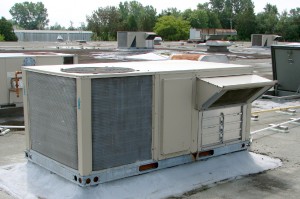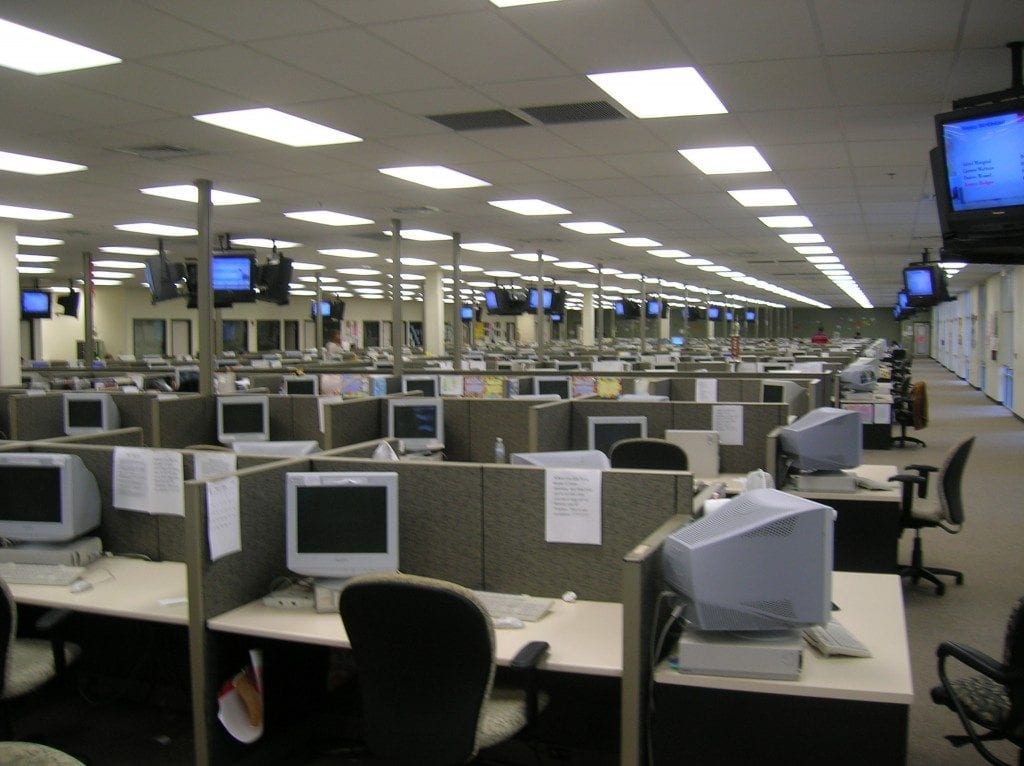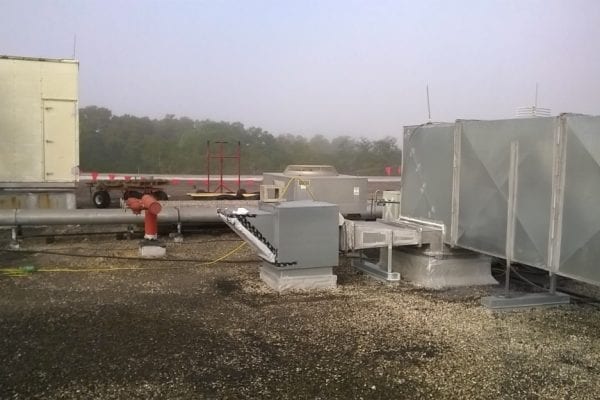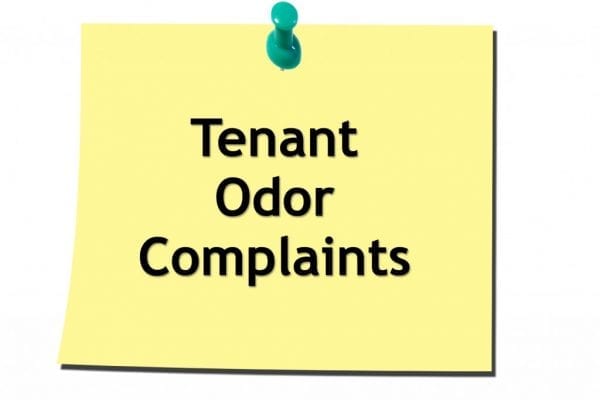There are few things as important to our health and safety as the air we breathe. A lot of attention is given to air pollution in the outdoor environment, which is important, but most of us are far more likely to develop a health problem from poor indoor air quality. And when an air quality problem reaches critical levels, nothing is as important as resolving it quickly.
This was the case for a major health insurance provider, whose call center employees began complaining of breathing difficulties while at work. When the problem first developed, the company’s leadership was busy with acquisitions and preparation for an IPO, and put off their response to complaints for a more favorable time. But when an employee’s symptoms became so severe that they called 9-1-1 for an ambulance, the property management team realized they needed to resolve the problem, and fast, before it became a PR nightmare. They called GLE.
The Situation
When our team arrived on site, we saw that the call center was located in a low-slung former strip mall, built sometime in the late 1970s. In the parking lot, an ambulance crew was treating an employee who was having trouble breathing. We immediately suspected a problem with an undersized ventilation system.
We entered the building. Inside, cubicles lined the building from wall to wall, throughout almost the entire converted strip mall space. The workspaces were roughly 4’ by 4’, with a few as large as 4’ by 6’. The strip mall, once designed to handle light retail traffic, now housed more than 300 people, all of them chattering all day long into phones.
This observation further confirmed our suspicion that we might have an undersized ventilation system. The HVAC system consisted of roof mounted “package units,” so we accessed the roof to check it out. On top of the building, sure enough, we discovered an HVAC system that had been built for the building’s original purpose, and designed to handle the body heat and fresh air needs of retail employees and customers—a much lower occupancy rate than its current use. Because the cooling system was too small properly cool of all those call center employees, someone had shut all of the fresh air supply vents on all of the units, in order for the units to condition the air more efficiently.
As you may recall from high school biology class, people use oxygen when they breathe in, and exhale carbon dioxide (CO2) when they breathe out. Ordinarily, the CO2 escapes into the atmosphere and is eventually converted back into oxygen by trees and plants. However, in a closed environment filled with people, CO2 levels will continue to climb until it becomes harmful, and will then cause several physical ailments, including respiratory distress. This is precisely what had happened in this building.
The Solution
The client needed a solution, and fast. We could have simply opened the fresh air vents on the ventilation system to increase airflow, but unfortunately, that would have caused a significant rise in the indoor air temperature, which is why the vents had been closed to begin with. Realistically, we knew the building needed an entirely new HVAC system designed to handle its new use, but that was going to take time and budget that the company couldn’t afford right before their IPO.
To provide immediate relief to the building’s occupants, we brought in mobile ventilation units that were ducted to the space to reduce the CO2 concentrations within the building, while providing fresh, conditioned air. The solution was inexpensive in the short term, and got the job done.
The Result
Our short-term solution provided immediate relief to the call center’s employees so that they could continue operations. Meanwhile, the company’s leadership retained focus and successfully completed their IPO. In a few months, they moved from their space to a new location, which could handle a call center.
While this story ends happily, many other organizations stumble into legal and public relations crises by waiting to address indoor air quality problems. It’s far better to respond as soon as a complaint develops, before it turns into a health hazard, and while you have time to develop and implement a cost-effective, long-term solution.
Read more information about common air quality problems, learn how to select a good Indoor Air Quality provider, or contact us to discuss your specific Indoor Air Quality questions.






